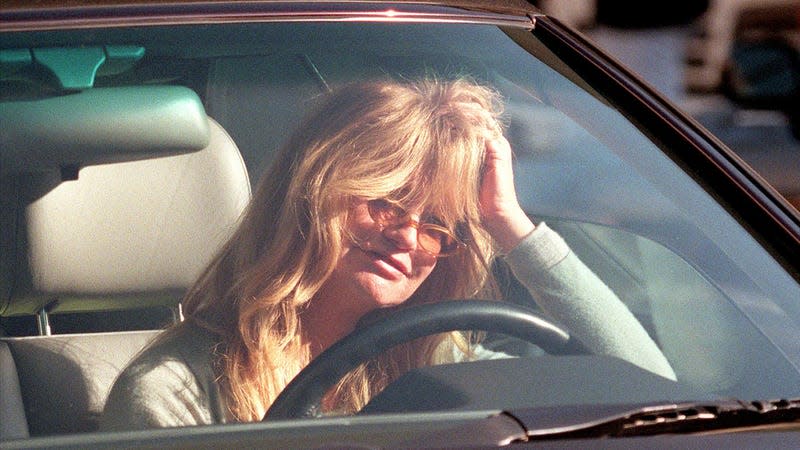You're Probably More Tired Than You Think You Are While Driving

Drunk driving and texting while driving definitely deserve their share of the attention they get when it comes to road safety. Both are incredibly dangerous and could easily result in an innocent person’s death. But one thing that doesn’t get enough attention is drowsy driving. When you’re tired, you’re a danger to yourself and others on the road even if you’re stone-cold sober and keep your phone in your pocket. And part of that may be because people regularly underestimate exactly how tired they are while behind the wheel.
In case you missed it:
The American Automobile Association (AAA) recently conducted a study on drowsiness behind the wheel that showed some concerning results. Using a driving simulator, researchers created a 150-mile nighttime highway drive for participants to complete. The faster someone completed the drive, the more money they made. But there were also simulated rest stops every 20 miles that would allow participants to take a break from driving, nap, get a snack or drink coffee. Researchers also monitored how tired the participants said they felt, as well as how frequently they closed their eyes.
Read more
One concerning finding was that participants rarely took breaks unless they felt extremely sleepy. And yet, among those who said they felt very drowsy, drivers still refused to stop at three-quarters of the rest stops that were available to them.
It gets worse. The study also found that drivers underestimated how tired they were. They could recognize that they were sleepy, but when they said they felt a low drowsiness level, 75 percent were either “moderately or severely drowsy.” And among drivers who closed their eyes for at least 15 seconds in a 60-second span, 25 percent still rated their drowsiness level as low.
So not only did participants push themselves to continue driving even when they felt tired, but they also did a poor job of rating how sleepy they actually were. Yes, there was money on the line, and it wasn’t an actual highway driving test, but drivers in the real world also have their own incentives to get to their destination without stopping. And it leads to a scary number of deaths. The AAA Foundation for Traffic Safety estimates that between 16 and 21 percent of all fatal crashes involve tired drivers.
“Being drowsy while driving is a dangerous form of impairment, and it does not resolve or improve with continued driving,” said Dr. David Yang, the Foundation’s president and executive director, in a statement. “Our goal is to help drivers learn to heed the early warning signs of drowsiness so they can stop, rest, and then continue their journey as safely as possible.”
As far as takeaways go, remember that when you start to feel tired behind the wheel, you’re probably more tired than you think you are. And even if you’ve driven while tired before, and nothing bad happened, there’s no guarantee that this time won’t be the time something awful actually does happen. Take breaks more frequently than you feel like you need to, and don’t be afraid to stop for a coffee or a nap. Sure, it may slow you down, but it’s better to arrive alive than to drift off the road and hit a tree. Or do something even worse that you could have to live with for the rest of your life.
More from Jalopnik
Sign up for Jalopnik's Newsletter. For the latest news, Facebook, Twitter and Instagram.

 Yahoo Autos
Yahoo Autos 